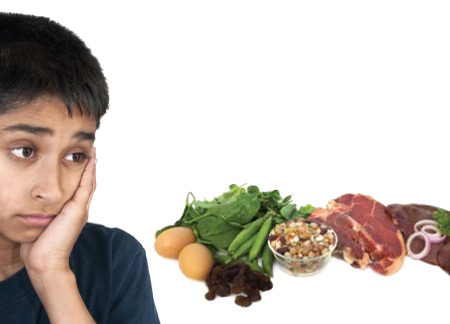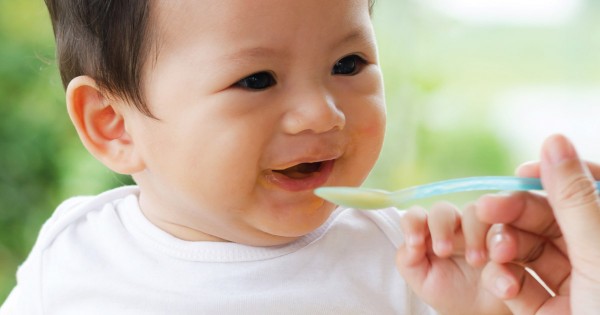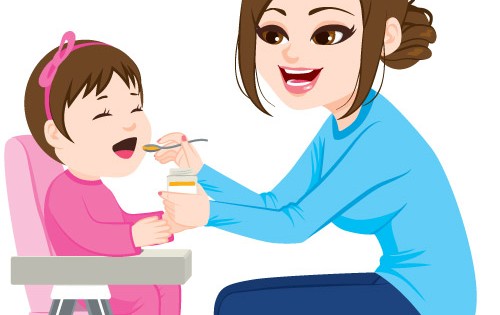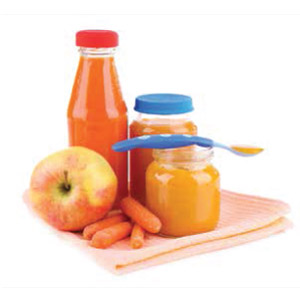Iron, one of the most essential minerals, is vital for your child. The human body needs iron to make haemoglobin, a protein in red blood cells (RBCs) that carries oxygen to the tissues.
If there is a shortage of iron in the blood, then the body cannot make enough RBCs, and tissues and organs will not receive the oxygen they need. The child is then said to be suffering from iron deficiency anaemia (IDA), a common nutritional deficiency in children.
Iron deficiency anaemia may start with a small depletion in the amount of iron in your child’s body, but if this decrease in iron continues, it could progress to iron deficiency and eventually lead to IDA.
How does my child become iron deficient?
Iron deficiency anaemia can occur as a result of a few factors. The rapid growth in infants, young children and especially adolescents, demands more iron. Children who are going through the growth and development periods may not be getting enough iron in their diet to make up for their increased needs.
Apart from this, IDA can also occur when there is poor absorption of iron by the body, an ongoing blood loss or from a gradual loss of blood in the intestinal tract.
Babies born prematurely or with a low birth weight are also at risk of IDA. Fullterm, normal weight babies before birth have developed iron stores that can last for 4-6 months as compared to premature babies who have lesser iron stores resulting from the lesser nutrients gained from the mother’s diet in the uterus.
Teenage girls who are menstruating face a higher risk of iron deficiency anaemia, and they need iron to compensate for the loss of blood. Children who are on a vegetarian diet are also at risk of iron deficiency as they do not eat meat, chicken, fish and organ meats which are good sources of iron. Although there is some iron in vegetables, grains, and some fruits, the iron from plant sources are not absorbed as well as iron from animal sources.
IDA signs to watch out for
Anaemia signs and symptoms are hard to detect because the amount of iron in your child’s body depletes slowly. But as the anaemia progresses, some of these symptoms may appear:
- Fatigue and weakness
- Shortness of breath, looking pale
- Faster pulse and heartbeat (in an effort to pump the same amount of blood and oxygen to the body)
- Decreased appetite
- Dizziness or headaches
If you notice any of these symptoms in your child, take him to a doctor, who will do a simple blood test to ascertain if your child suffers from iron deficiency anaemia. The doctor may prescribe iron supplements in order to restore total iron stores in his body.
It is important that you do not give your child iron supplements before consulting a doctor first as excessive iron intake can cause serious health problems.
How can I provide enough iron to my child?
Anaemia signs and symptoms are hard to detect because the amount of iron in your child’s body depletes slowly. But as the anaemia progresses, some of these symptoms may appear:
- If your child is still an infant, breastfeed him until 6 months of age as breast milk contains enough nutrients. You can introduce iron-fortified cereal alongside breast milk after that. Infants who are formula-fed should be given milk formula that is fortified with iron.
- Give your child a balanced diet rich in iron. These include foods like red meat, chicken, fish and organ meats such as liver, spinach and other green leafy vegetables, eggs, tofu, beans and grains, fruits, iron-fortified cereals and bread. The absorption of iron will also be increased if the iron rich foods are consumed with foods also rich in vitamin C such as fruits (guava, oranges and papaya) and green leafy vegetables.
Anaemia is easily treated and it is rarely severe or life threatening. However, if it is left untreated, it could lead to learning problems and lower immunity. Therefore, a proper diet that is rich in iron is very important. Get your child to practise healthy eating habits as early in life as possible in order to prevent iron deficiency and anaemia.







Comments